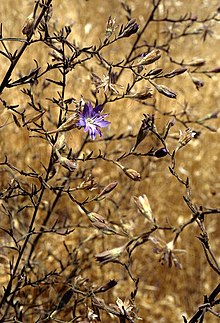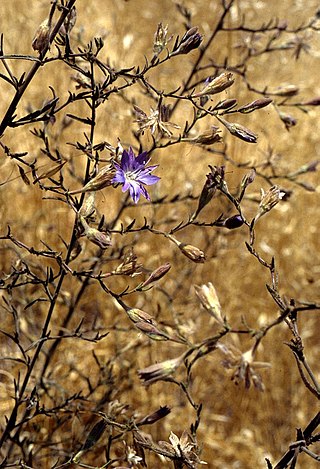
Malesherbia is a genus of flowering plants consisting of 25 species in the Passifloraceae. This is a xerophytic group endemic to the Peruvian and Chilean deserts and adjacent Argentina. The genus is currently recognized by the APG III system of classification in the family Passifloraceae, and is the sole member of the subfamily Malesherbioideae.

Jubaea is a genus of palms with one species, Jubaea chilensis, commonly known in English as the Chilean wine palm or Chile cocopalm, and palma chilena in Spanish. It is native to southwestern South America and is endemic to a small area of central Chile between 32°S and 35°S in southern Coquimbo, Valparaíso, Santiago, O'Higgins, and northern Maule regions.

Gunnera tinctoria, known as giant rhubarb, Chilean rhubarb, or nalca, is a flowering plant species native to southern Chile and neighboring zones in Argentina. It is unrelated to rhubarb, as the two plants belong to different orders, but looks similar from a distance and has similar culinary uses. It is a large-leaved perennial plant that grows to more than two metres tall. It has been introduced to many parts of the world as an ornamental plant. In some countries, such as New Zealand, the United Kingdom and Ireland, it has spread from gardens and is becoming an introduced species of concern. It is known under the synonyms: Gunnera chilensis Lam. and Gunnera scabra Ruiz & Pav.

Puya chilensis is a species of terrestrial bromeliad. It is endemic to central Chile.
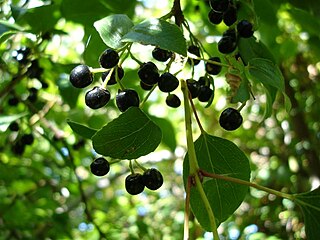
Aristotelia chilensis, known as maqui or Chilean wineberry, is a tree species in the Elaeocarpaceae family native to South America in the Valdivian temperate forests of Chile and adjacent regions of southern Argentina. Limited numbers of these trees are cultivated in gardens for their small edible fruits. Wild-harvested fruits are commercially marketed.

Caldcluvia is a monotypic genus in the family Cunoniaceae with the only species Caldcluvia paniculata, known as tiaca, an evergreen tree native to Chile. It is found from Ñuble to Aisén. Most species that were previously placed in the genus are now placed in Ackama, Opocunonia and Spiraeopsis.

Malesherbia auristipulata is a perennial woody shrub in the genus Malesherbia (Passifloraceae). Locally it is called Ají de Zorra. M. auristipulata is commonly found in Northern Chili and rarely in Tacna, Peru. In general, the species range is very restricted as a result M. auristipulata is considered a rare plant. It is likely that there are less than 100 individuals left, classifying the species as critically endangered by the local government.

Malesherbia bracteata is a perennial herb in Malesherbia (Passifloraceae). M. bracteata var. bracteata found in the deserts of the Andes and Coquimbo, while M. bracteata var. campanulata is only found around Embalse La Laguna. Malesherbia bracteata can grow up to 18mm and has white flowers. Variety campanulata differs from variety bracteata in terms of leaf shape, floral cup, and stipules.

Malesherbia corallina, a member of Malesherbia (Passifloraceae), is a subshrub native to the deserts and dry shrubland of Tarapacá Chile. It was originally identified in 2003 by Mélica Muñoz-Schick and Pinto, and is considered very rare with less than 20 plants documented.

Malesherbia deserticola is a subshrub native to the deserts and dry shrublands of Antofagasta and Atacama Chile. It can reach heights of 40 cm and has white racemose flowers.
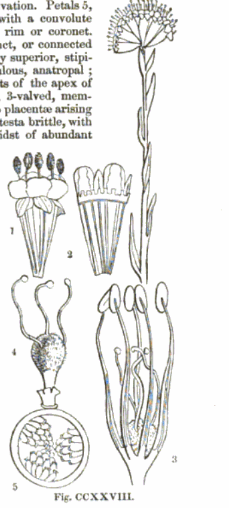
Malesherbia fasciculata is a subshrub that is native to the subtropics of Northern and Central Chile. The flowers of M. fasciculata are white with red sepals, dark purple anthers, and are globular in shape.
Malesherbia fatimae is a shrub native to Chuquibamba, Peru. It phenotypically differs greatly from other Peruvian members of Malesherbia in terms of leaves and branch formation and density. It flowers all year long and has dense racemes red flowers.
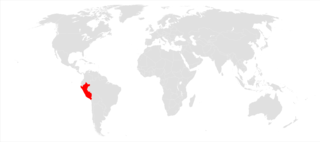
Malesherbia haemantha is an endangered shrub native to the desert and dry shrubland of Peru.

Malesherbia humilis is an annual herb that grows in the subtropics of northern and central Chile to Argentina.
Malesherbia lactea is a perennial geophyte native to the La Rioja and San Juan regions of Argentina and the Antofagasta and Atacama regions of Chile. It has ovate leaves that end in a sharp point. Similar to other members of Malesherbia, the flowers are red and white, and tubular in shape.
Malesherbia lirana is a perennial herb whose native range is from Argentina and Chile. The species has racemose inflorescences that are 2 - 3.9 cm in size and cream colored petals. It flowers in spring to late summer.

Malesherbia paniculata is perennial subshrub native to the Atacama, Coquimbo, Valparaíso, Metropolitana, and O'Higgins regions of Chile. It can be found at elevations of up to 2600m to sea level. It was originally described in 1827 by D. Don.
Malesherbia scarlatiflora is a shrub native to the pacific slopes of Peru. It grows up to 1 meter tall, has narrow ovate-acuminate leaves, and orange flowers.
Malesherbia solanoides is a subshrub native to the Atacama region of Chile. It was initially described in 1833 by Reise Erde.
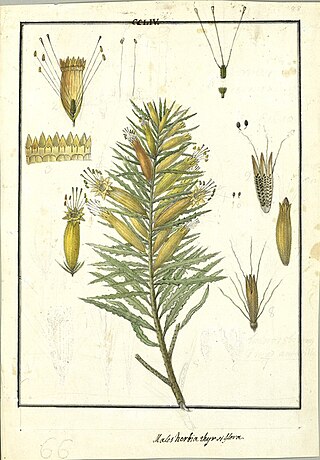
Malesherbia tubulosa is subshrub native to central Peru. It is colloquially called Mullaca and Verónica. M. tubulosa can reach heights of 2 meters and has actinomorphic orange flowers.
